Kodak Ektar H35 review: style over substance
Two-minute review
When I was a photography student I used to constantly complain about the cost of film, despite buying my medium-format 120 films in bulk for a discount, with which you only get between 8-12 photos per roll. How little did I realise how expensive film costs would shoot up in the future, and it's the surge in price, together with a spike in analog photography popularity that has led many to half-frame cameras like the Kodak Ektar H35.
The Kodak Ektar H35 is a point-and-shoot half frame 35mm camera that's as simple as they come. It's part of a fairly recent resurgence of half frame cameras, which is most likely because they provide two exposures for every 35mm frame, which doubles the number of photos you can shoot on a 35mm film. So, that's 48 exposures on a 24 exposure film and 72 on a 36 exposure film.
This is a point-and-shoot camera, much like a disposable camera in many ways including image quality from the lens. The main difference is that you can change the film to reuse the camera, and also the AAA battery that's required to power the built-in flash. The H35 is enjoyable in its simplicity, pocketable, nicely designed and reduces the cost of film. But whether or not it's one of the best film cameras is debatable.
One of the hurdles to this camera for me, alongside other points we'll delve into later is the cost. Remember, this is essentially a stylized disposable camera made reusable, so at $45 / £49 / AU$100 it's not expensive in the wider sense, but it is for what you get in terms of build and image quality, it's arguably overpriced.
Kodak Ektar H35: specs
Kodak Ektar H35: design
The Kodak Ektar H35 may be a Kodak camera by name, but it's actually a licensed use of the trademark and the camera is manufactured by a company called RETO Production. This is neither here nor there because it's a film camera, and it works, but it's worth mentioning that you're not getting a high-quality Kodak camera here.
The H35 is available in four colors: black, brown, sand and sage. I opted for the brown version where the brown leatherette finish set against the brushed chrome, ahem plastic, gives the camera a distinctively 1970s look. Aesthetically, the H35 is a great-looking camera that's bathed in retro charm and is incredibly lightweight and highly portable.
Being made entirely of plastic, except for the electronics used in the battery compartment and for the flash, build quality is pretty low. Like I've said already, it's basically a disposable camera remade as reusable. Although saying that, disposable cameras are probably more robust despite being single-use.
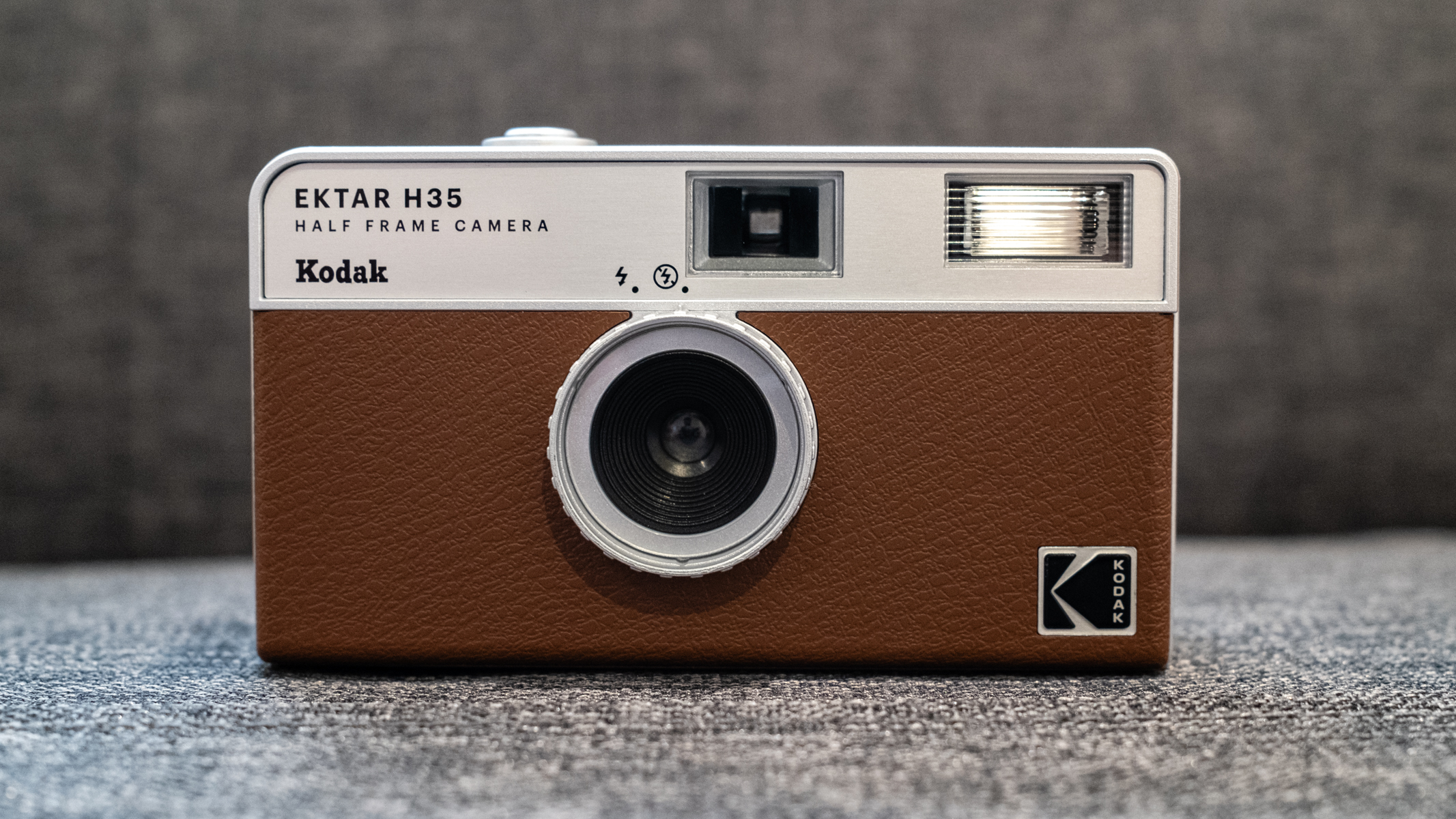
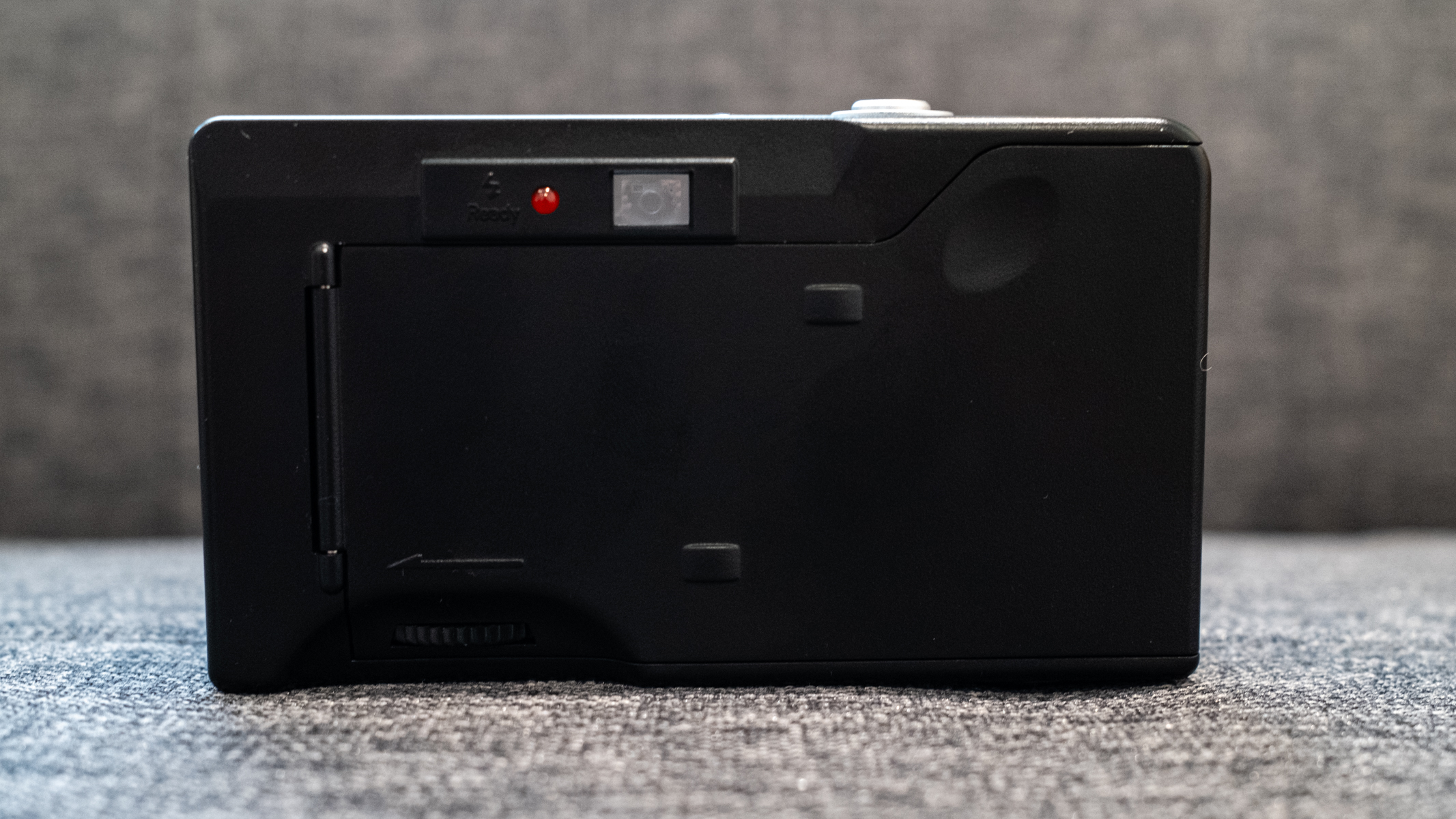
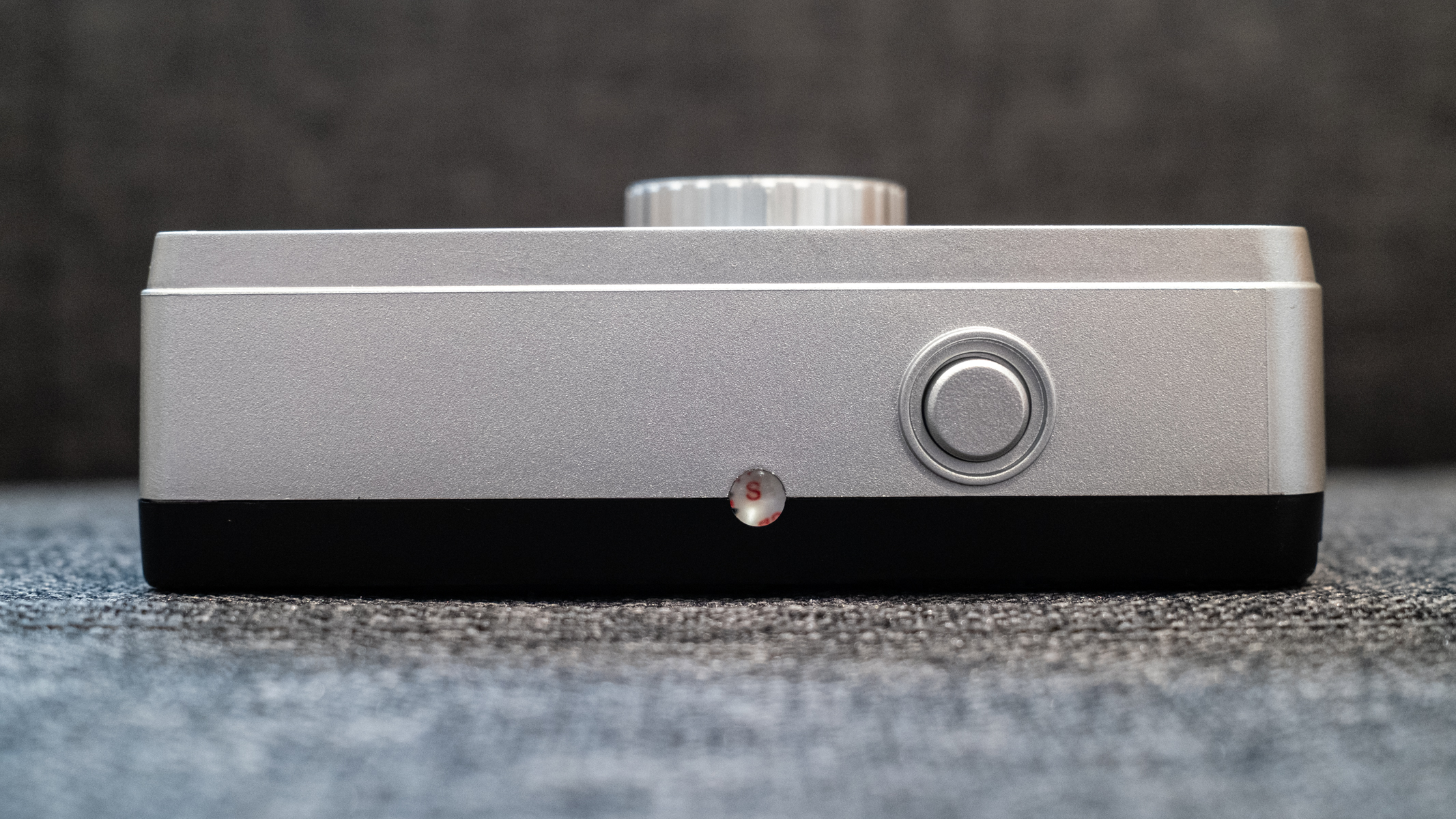
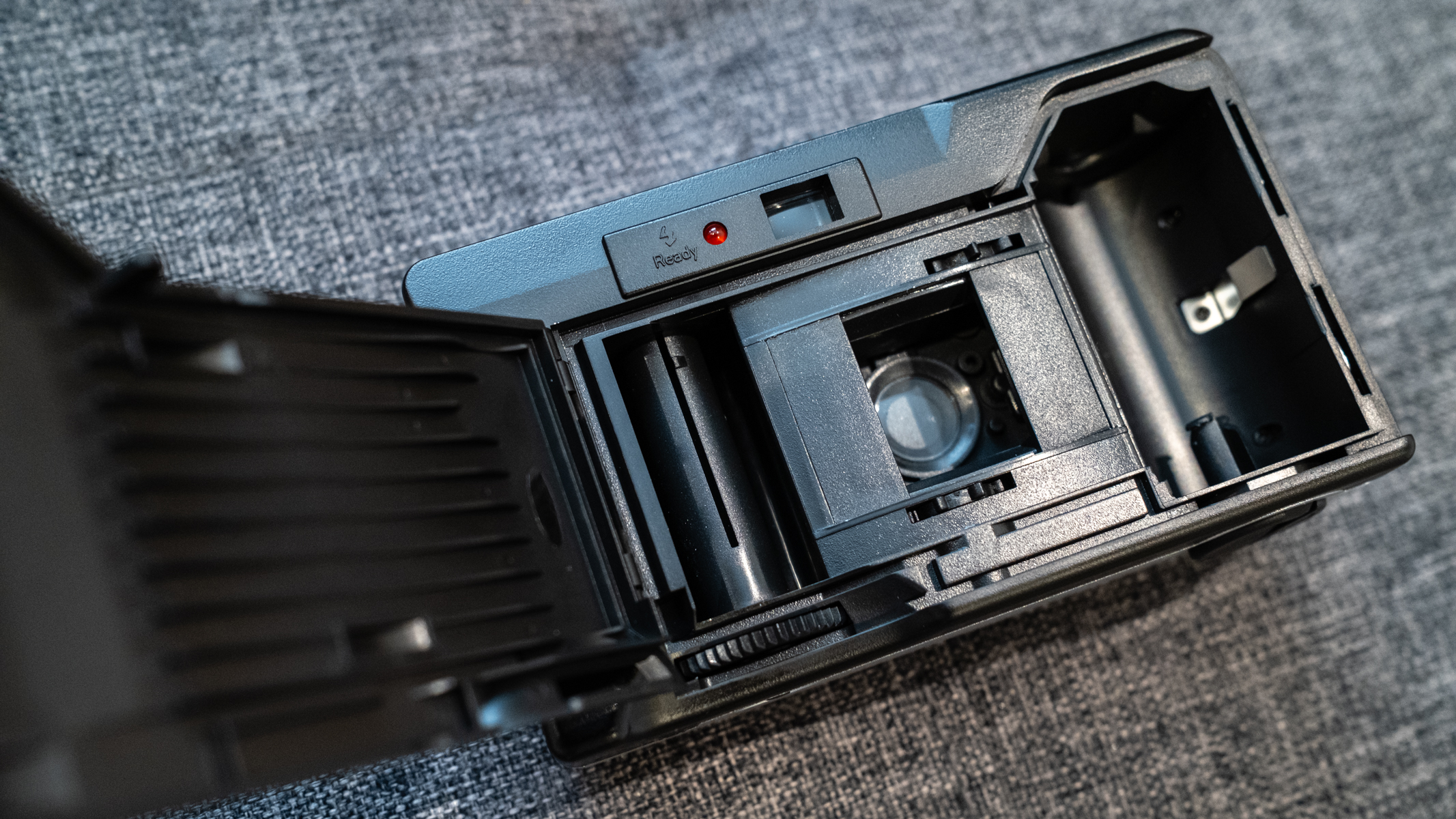
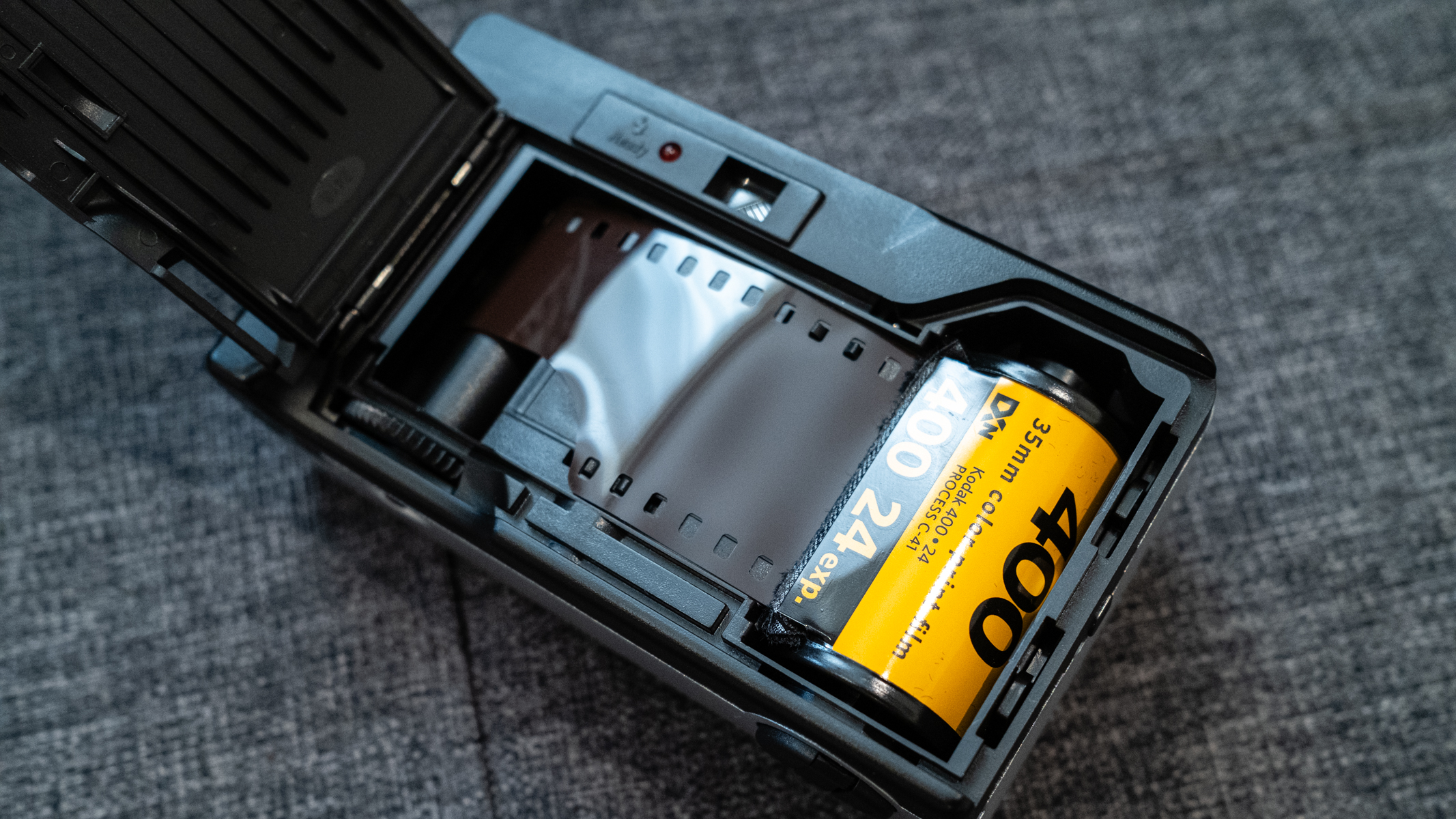
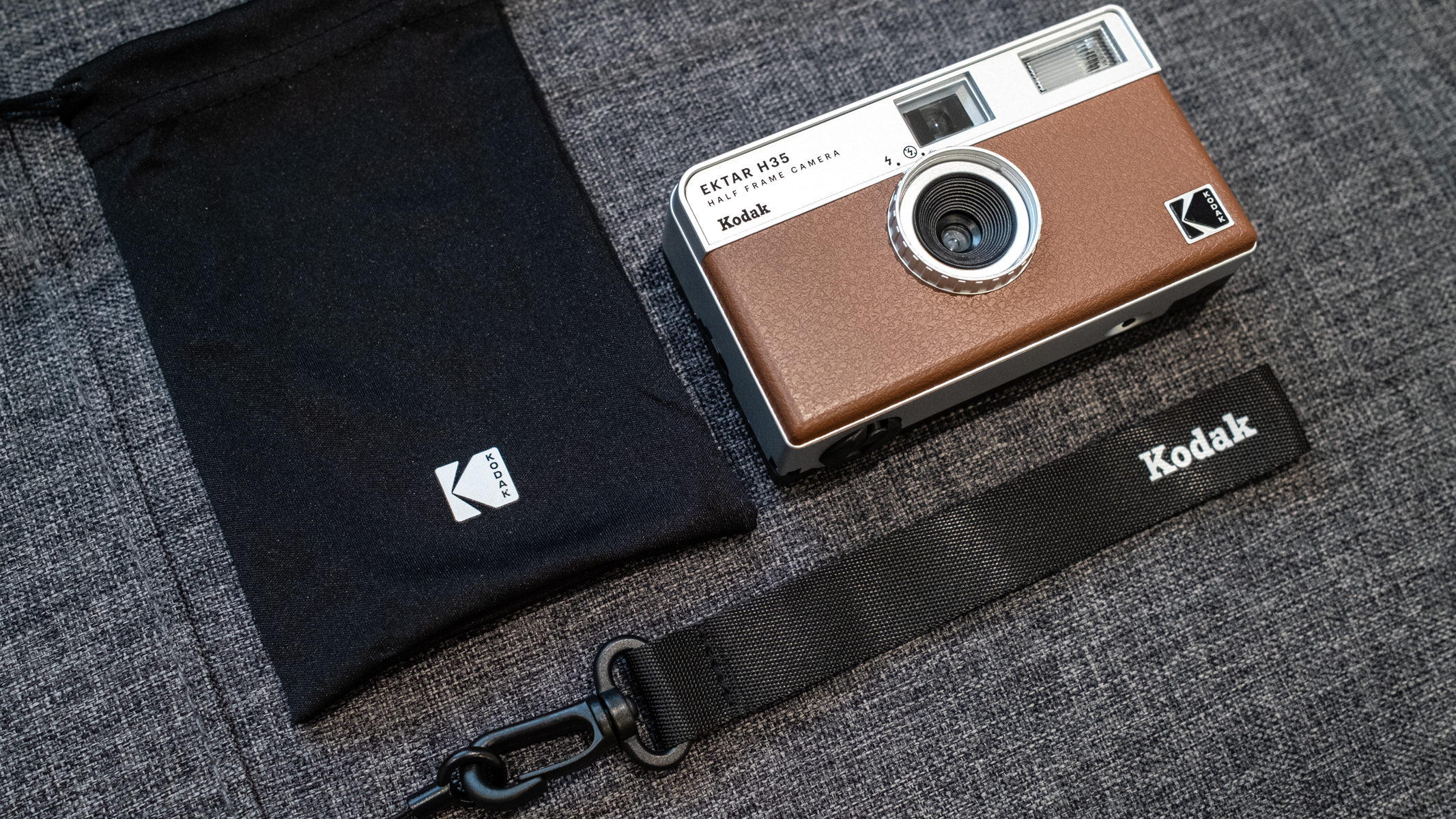
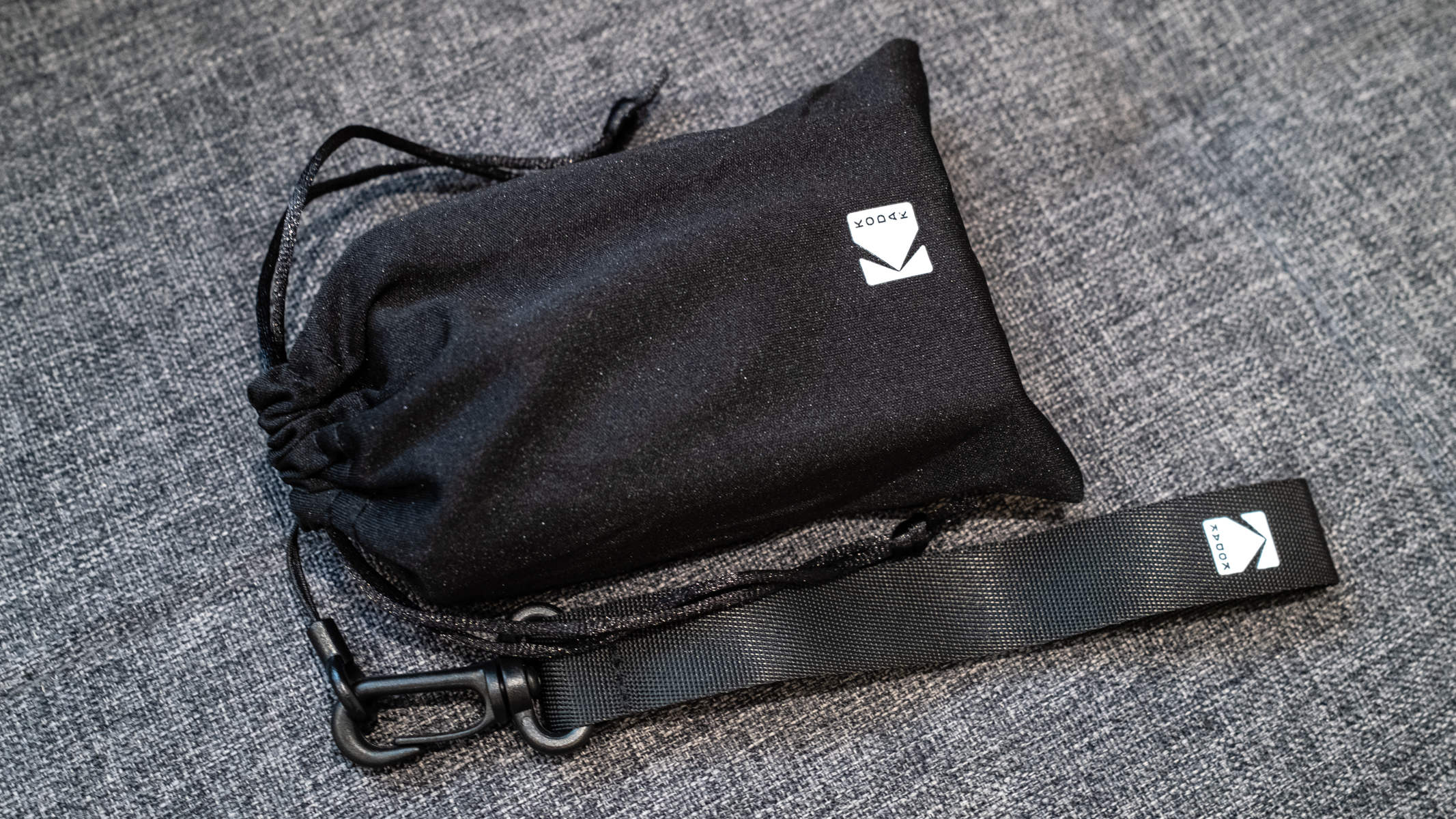
There's a built-in flash that's activated by turning the wheel around the lens. The power output is impressive for such a small flash, and there's a red light on the back of the camera that indicates that the flash is fully powered and ready to be used. But this setup does make it easy to leave the flash on and waste power in the single AAA battery.
One aspect of the camera that you have to get used to, and it doesn’t take long, is that photos are captured in portrait format when shooting with the camera in landscape orientation, and vice versa. The viewfinder is also small, but it's perfectly adequate for composing shots.
Kodak Ektar H35: performance
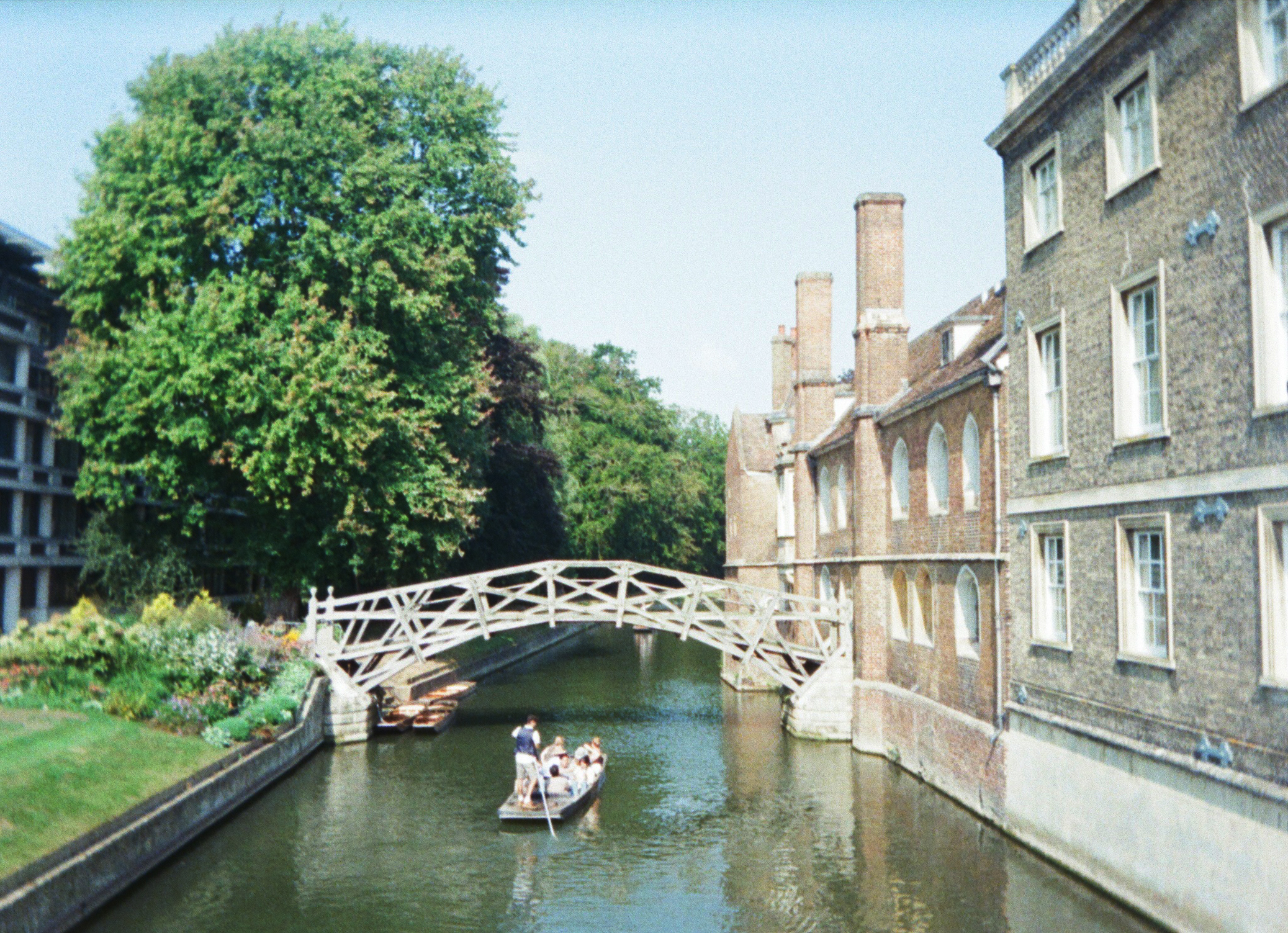
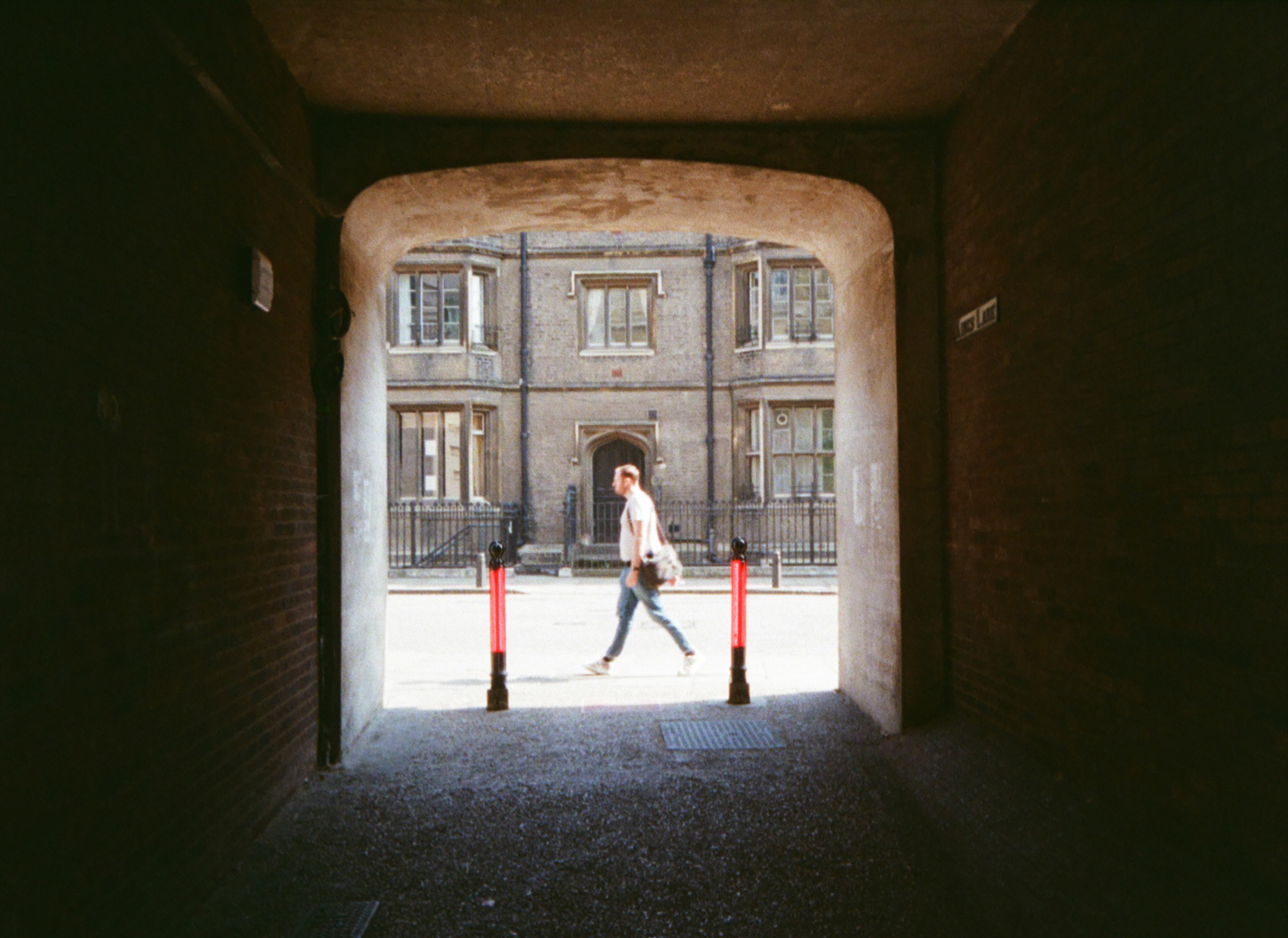
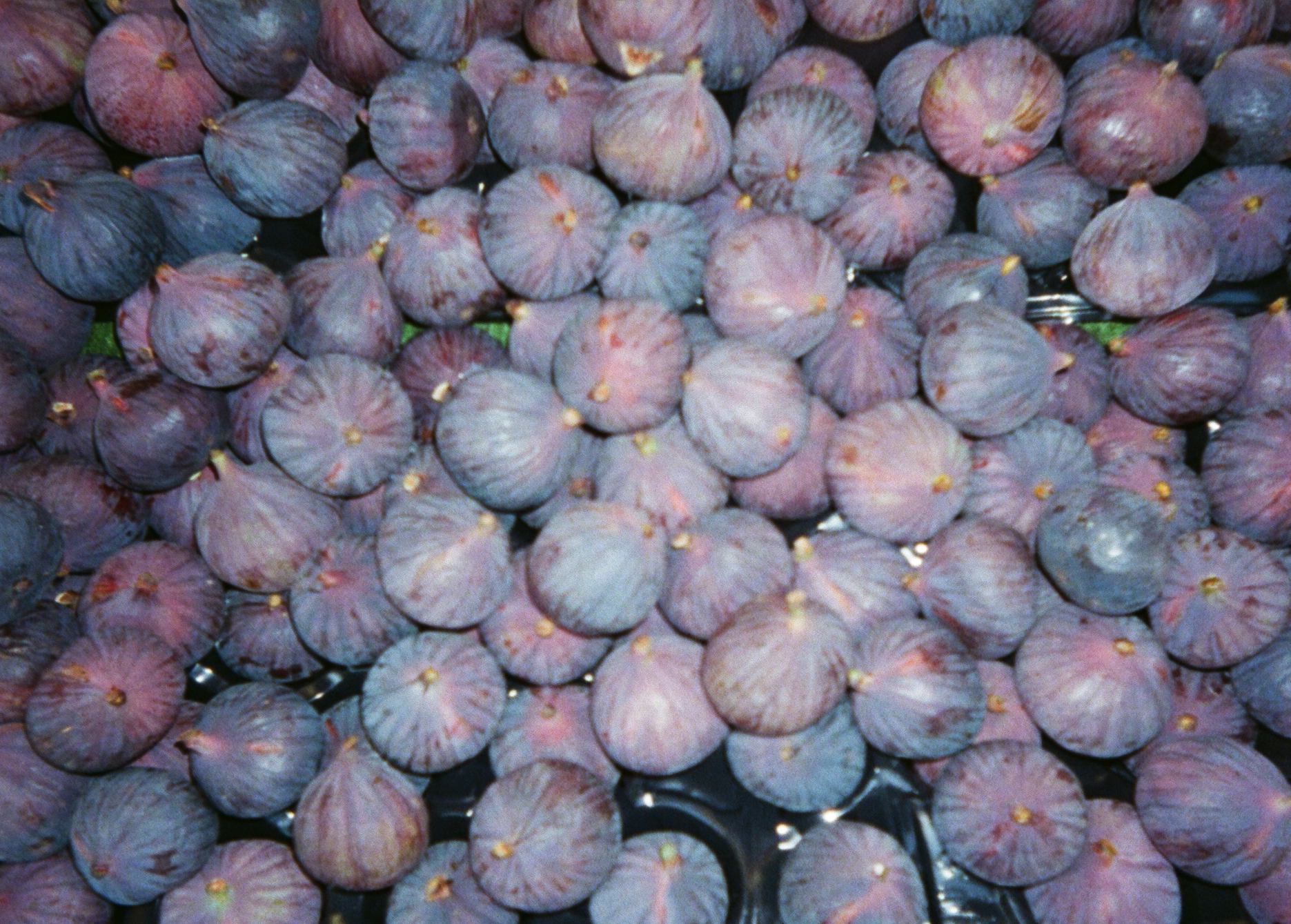
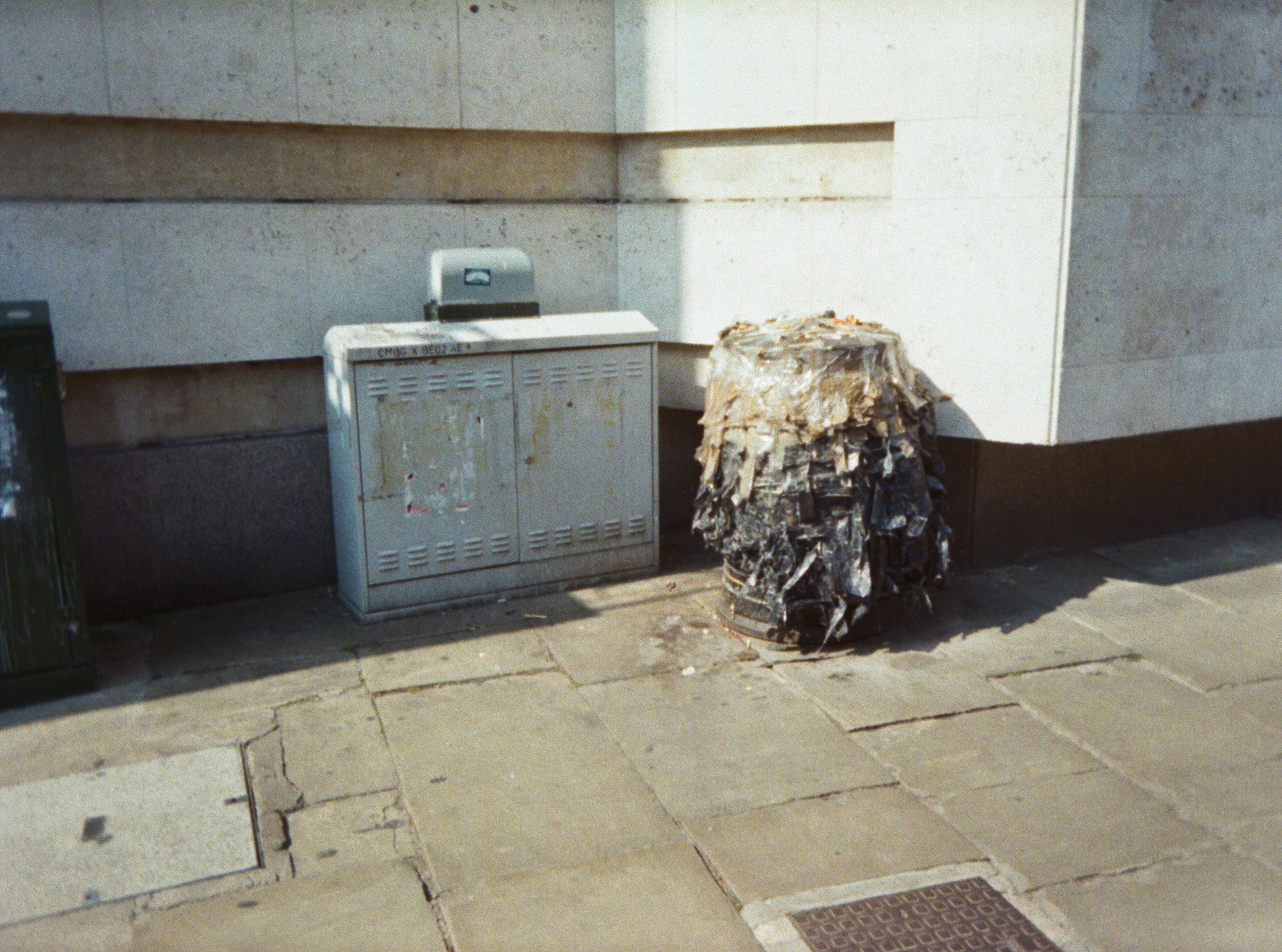
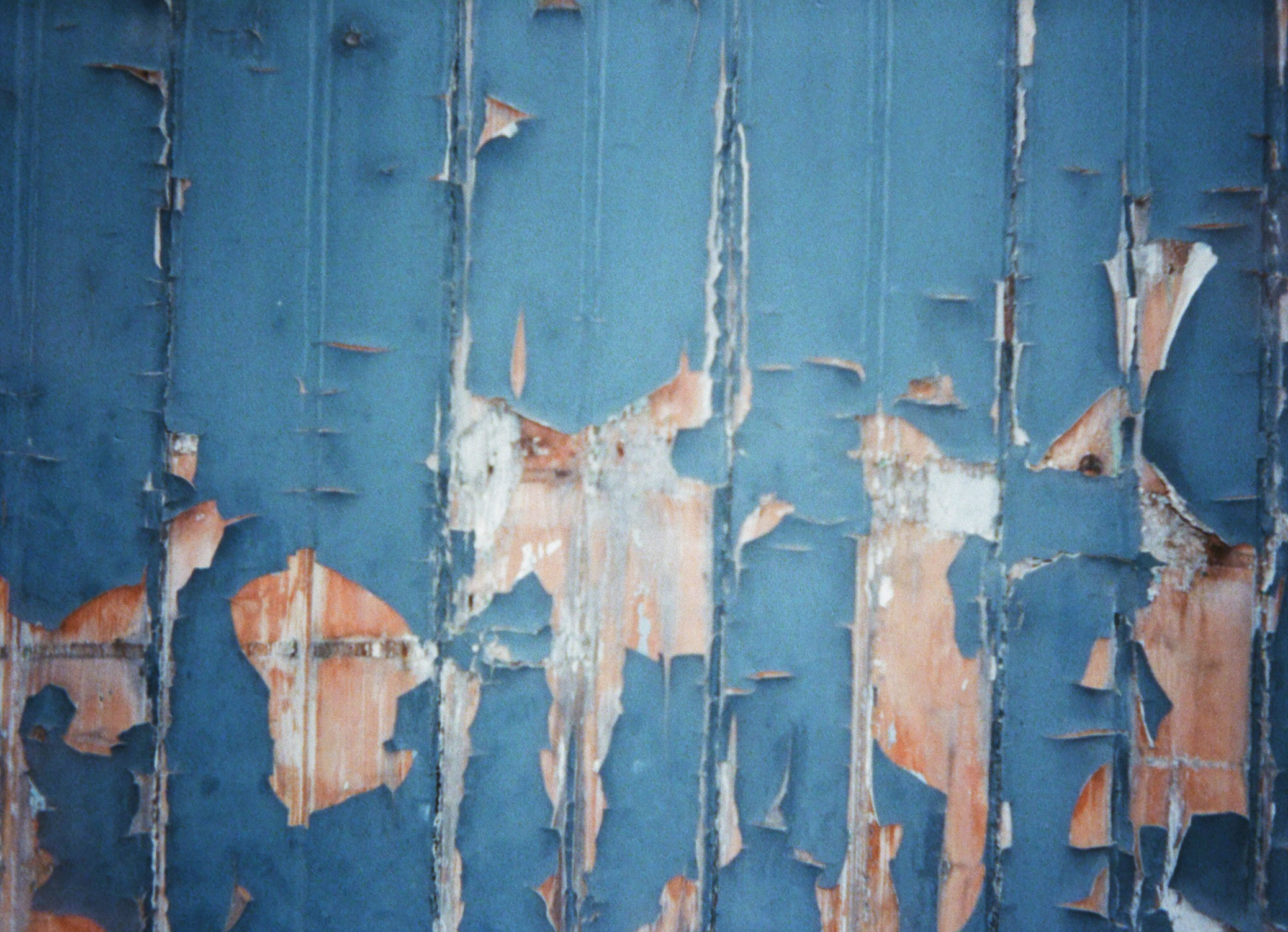
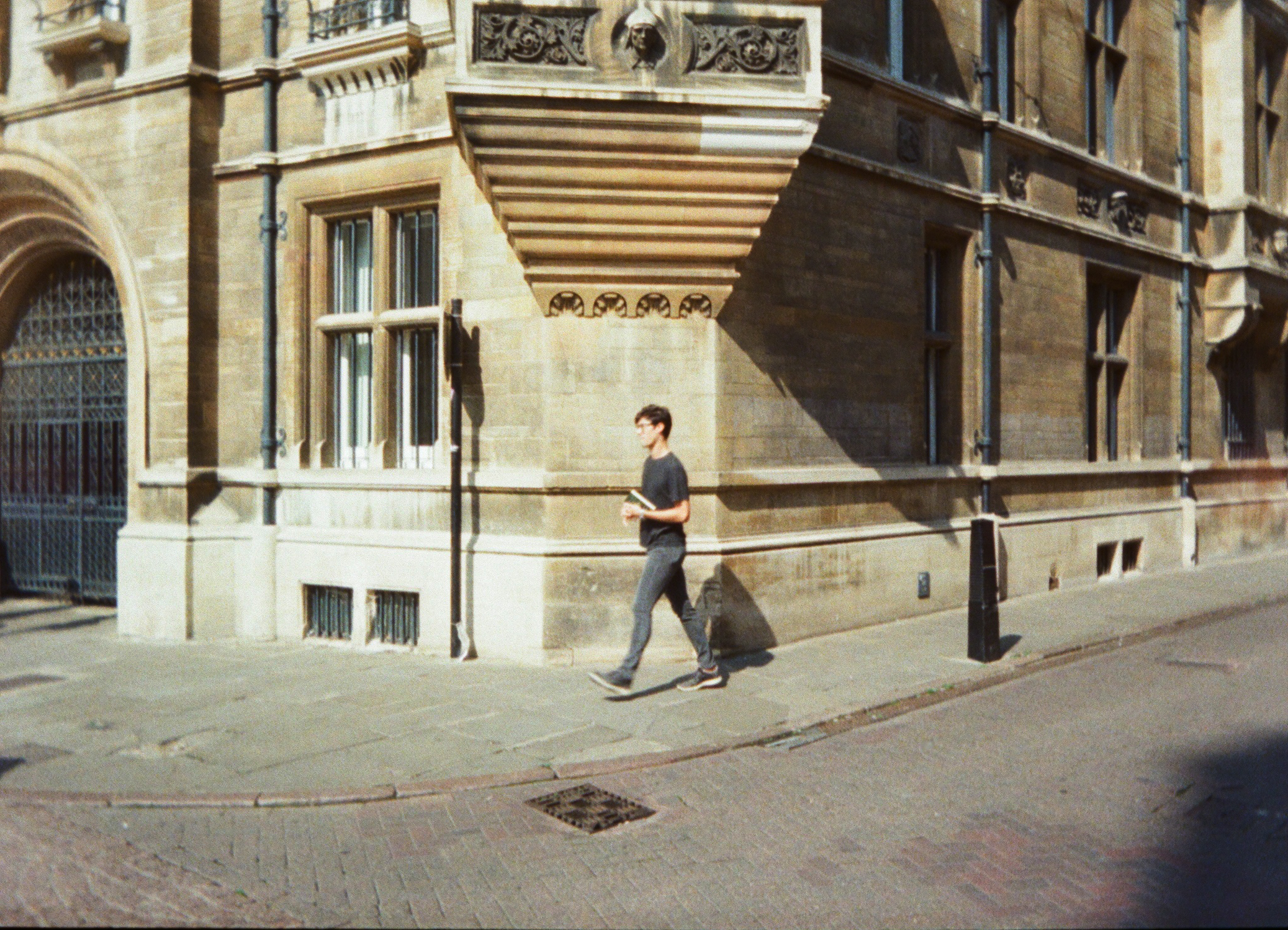
In terms of overall performance, I have to admit that I wasn't impressed in the slightest. Yeah, I'm a film camera snob and prefer higher quality medium-format, but I also know that there are much better half frame cameras available. Some truly vintage half frame cameras, such as the Canon Demi, don't even cost much more than the H35 and they're much better quality in every way, while if you want the latest albeit pricier option, there's the new Pentax 17.
You'll be lucky to get a sharp shot from the H35's fixed focus plastic 22mm lens (an equivalent 35mm focal length when shooting half-frame). The shutter speed is fixed at 1/100 sec with a fixed f/9.5 aperture, so you may now be wondering how this camera can correctly expose shots.
Cameras like this rely on the fact that print film has an exposure latitude of two stops, which means you can get a printable image from a shot that's anywhere between two stops under and two stops overexposed, so a four-stop exposure window.
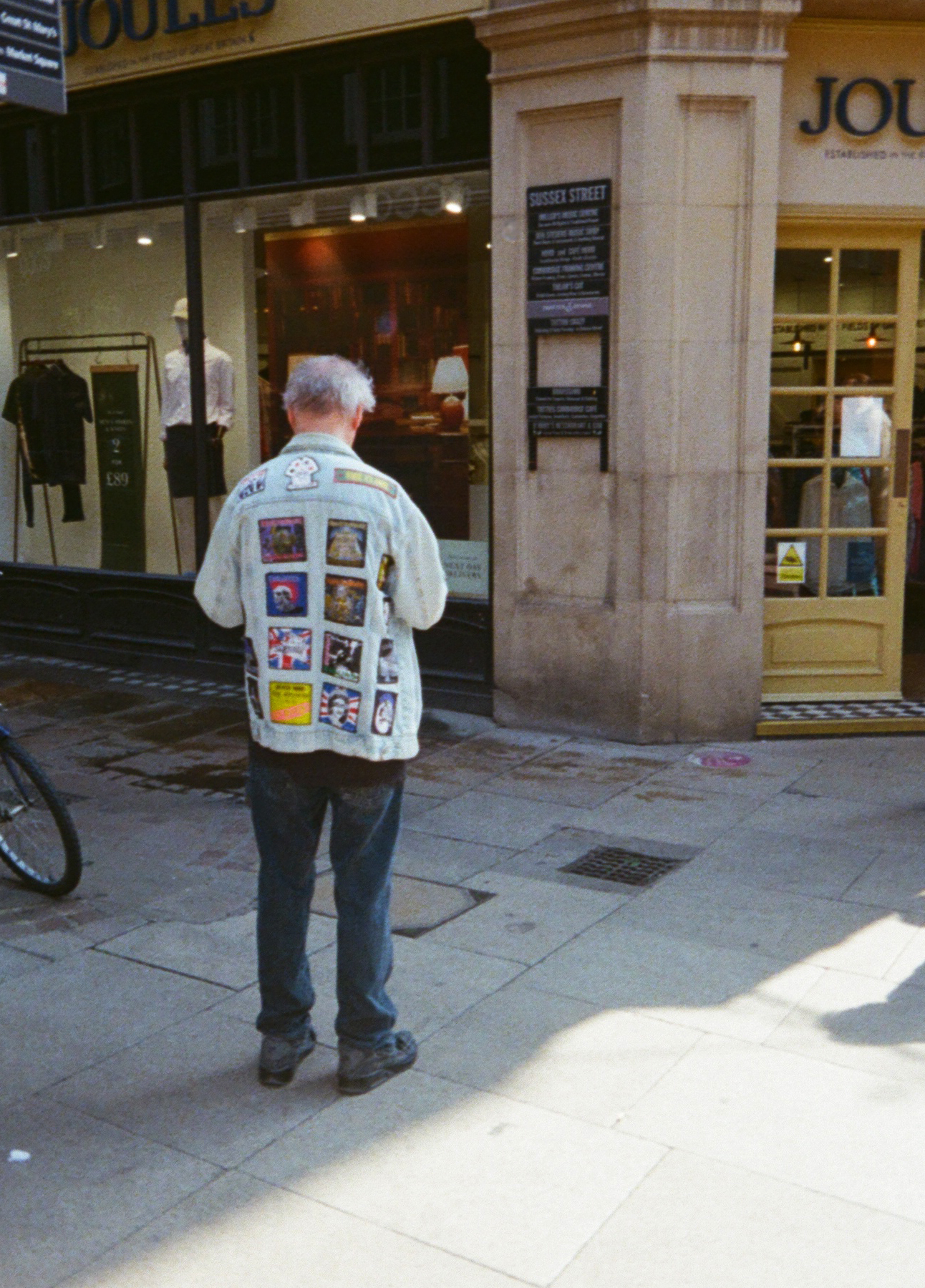
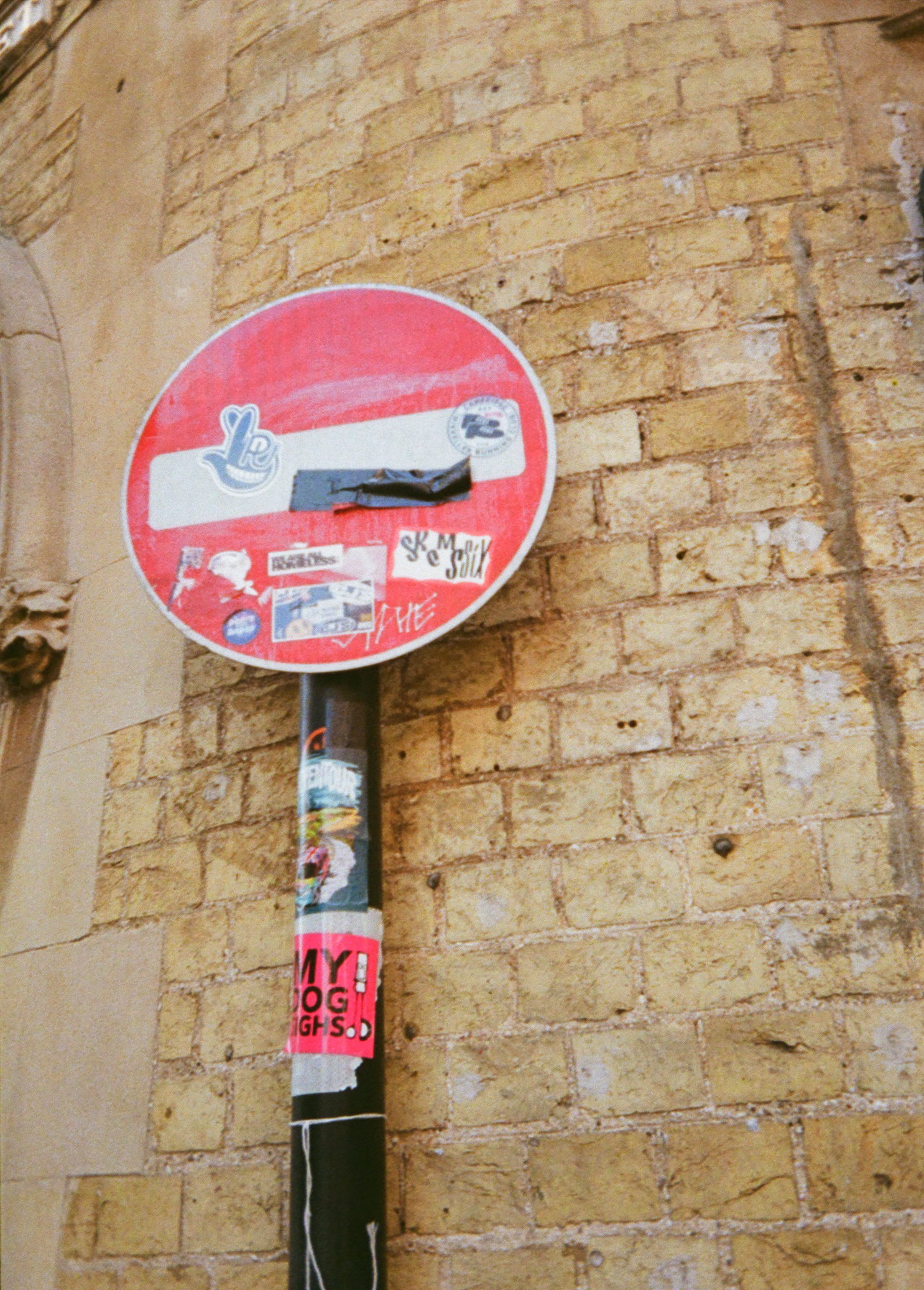
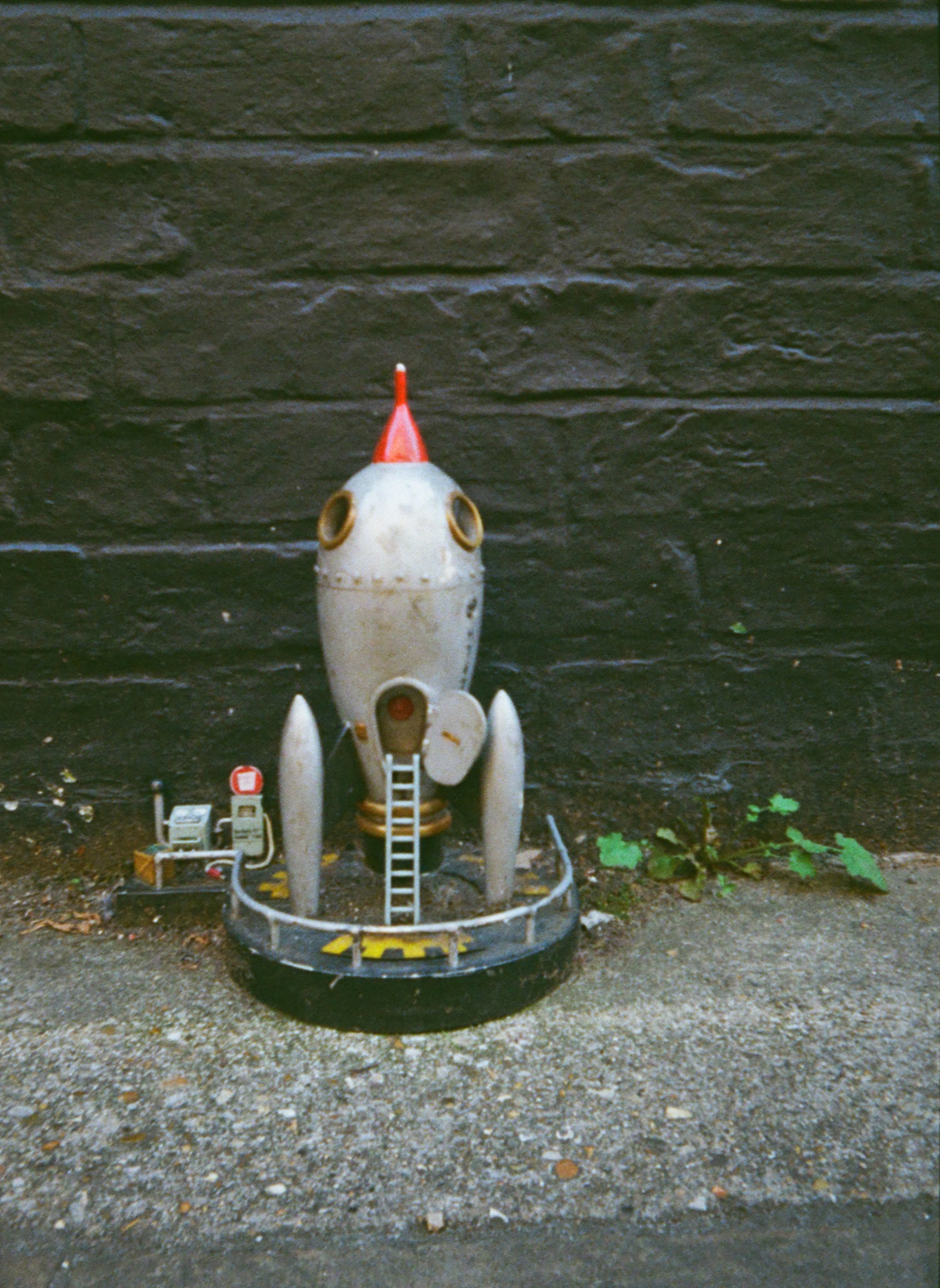
Image quality generally is low because you're using such a small amount of celluloid, where fewer silver halide crystals create the image compared to a full 35mm frame. This coupled with the poor lens quality certainly creates a lo-fi aesthetic that some will love and others will hate.
In terms of handling, the H35 couldn’t be easier to load with film and use, being a point-and-shoot camera. You can pretty much switch your brain off while using it. When shooting I found it as easy as that, but one thing I did experience was stiffness in the film advance dial when winding the film on. This came and went, but with the all-plastic construction, I did wonder how much stress was being put on the film advance mechanism.
It didn't stop there either; when rewinding the film, the flimsy handle on the dial at the bottom of the camera didn’t feel robust at all, quite the opposite. So once again, I was left wondering how many films you could put through the camera before something breaks. Plastic construction will undoubtedly help to keep the price of the camera down, but I'd rather pay a bit more for something that's better built with the potential to last longer – ideally for years.
Should I buy the Kodak Ektar H35?
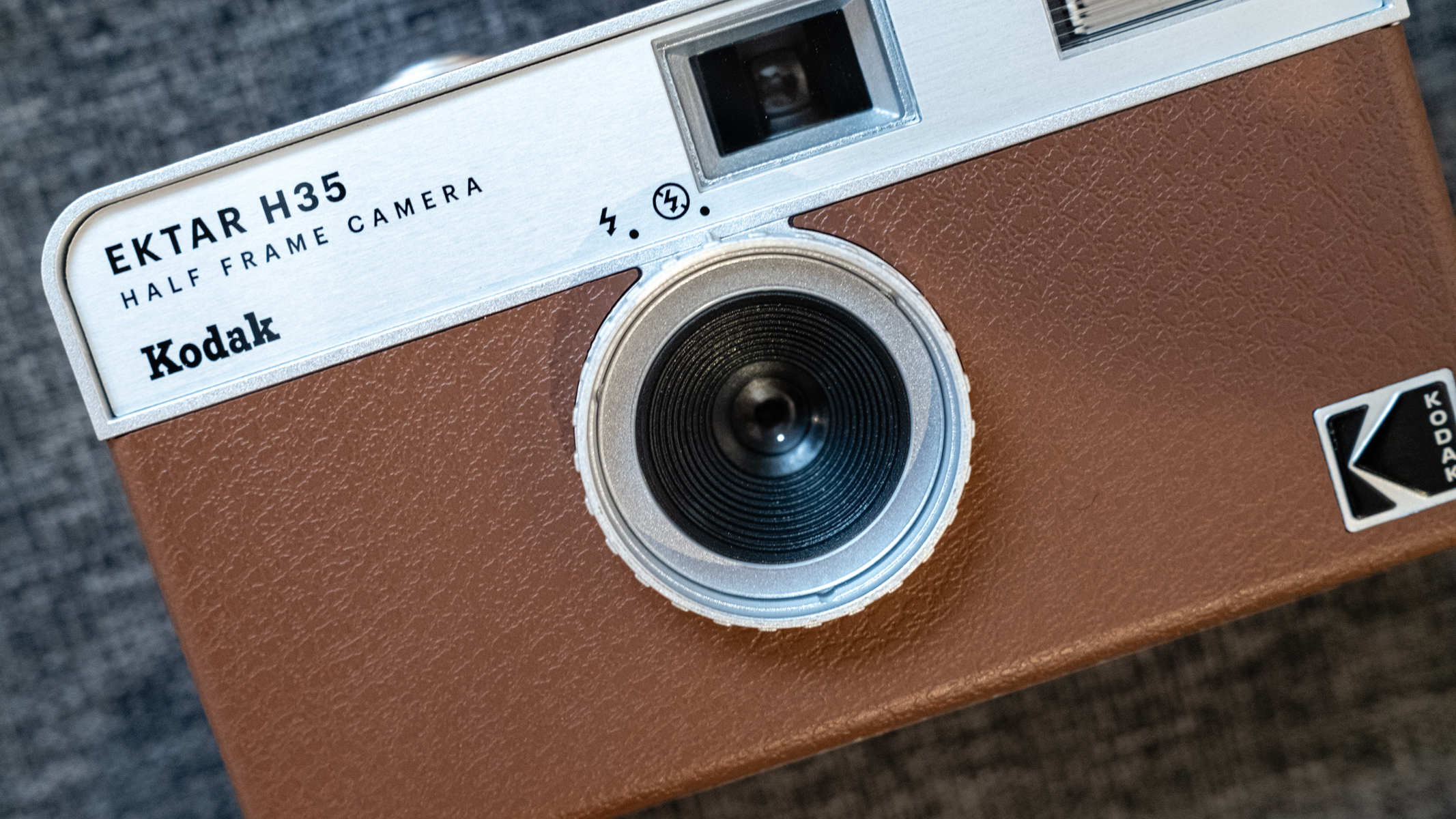
Buy it if...
You want to shoot lo-fi analog photography
If you want a lo-fi aesthetic in your shots, the blurry and low-quality images produced by the H35 should be just what you're looking for.
You want to cut film costs
With 48 exposures on a 24 exposure film and 72 on a 36 exposure film, shooting with a half frame camera will effectively cut your film and processing costs in half.
You'd like simplicity
You can't get any easier than a point-and-shoot camera like the H35, so you don't need you're nervous about exposing film correctly.
Don't buy it if...
You'd like better quality photos
All half-frame cameras have quality limitations, but the plastic lens of the H35 compounds this, so for better analog image quality consider a 35mm camera instead.
You'd like a camera that will last
The H35 doesn’t feel like it will last very long based on the cheap build quality. There are better options out there both new and second-hand, and not always for much more money.
You don't want film costs
Despite getting twice the number of shots per roll of film than with 35mm, film these days is expensive, as is processing and scanning. The cost per film quickly adds up.
How I tested the Kodak Ektar H35
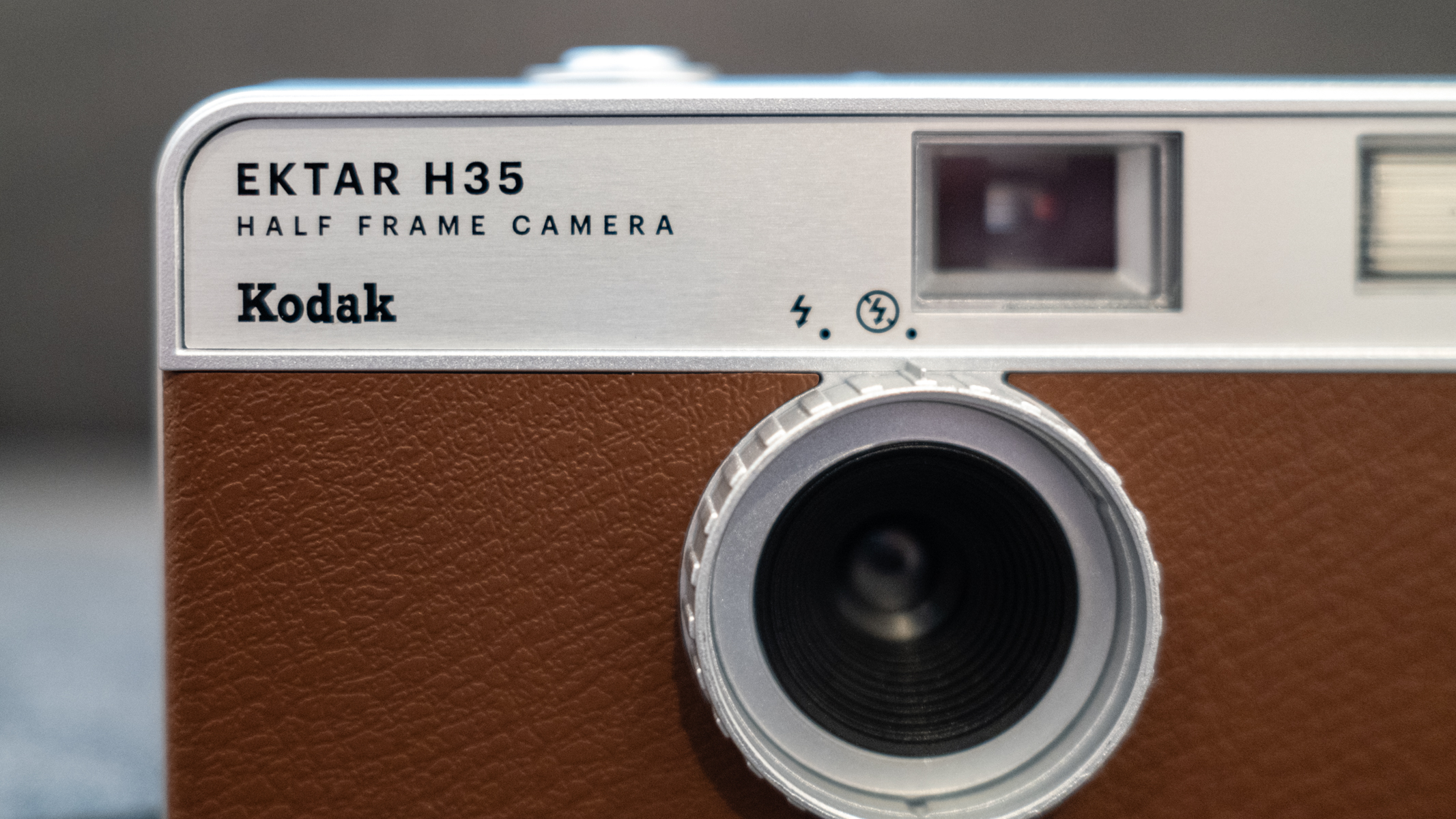
- One roll of film
- Point-and-shoot pictures of a city center
I tested the Kodak Ektar H35 over a couple of hours walking around a city like a tourist shooting a range of subjects in different lighting conditions. Being a point-and-shoot camera with only a flash that can be turned on and off, it was simply a case of shooting and seeing how the photos came out at the end.
With this in mind, my main focus was on the handling and build quality of the camera since these were tangible at the point of shooting. A roll of film was enough to get an idea of these aspects of the camera because you have to go through the whole process of loading, exposing, winding on and then rewinding the film manually before processing the film.
First reviewed September 2024
0 comments:
Post a Comment